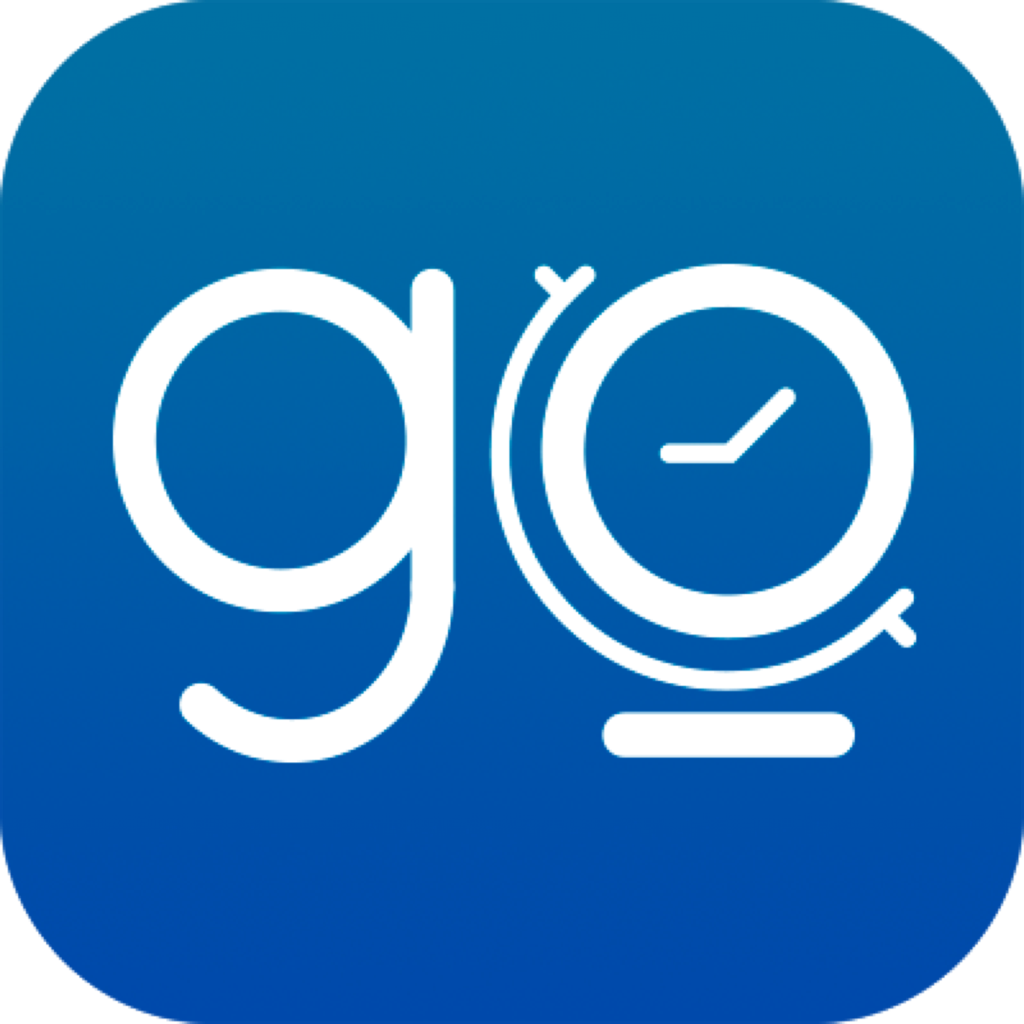It's NOT Your Resume, It's YOU
As a freelancer, your resume is really your online profile. Ever wonder why after you spend hours upon hours perfecting this, clients don’t swoop you up right away? We both know you have the skills do knock the project out of the park, so what’s the delay?

There’s no way around it, making a resume and sending it out to clients is a bit soul-sucking. The language on there is funky. Small questions have huge meanings, ie. do you put the entire date or just the month and year? God help you if you meet a client and have to bring in a resume, what type of paper do you print it on? There’s a lot at stake here, this paper will partially dictate your future and has the power to set you back a few bucks.
As a freelancer, your resume is really your online profile. Ever wonder why after you spend hours upon hours perfecting this, clients don’t swoop you up right away? We both know you have the skills do knock the project out of the park, so what’s the delay?
It’s NOT Your Resume, It’s YOU
If all you’re doing is sending proposals to gig after gig, odds are your conversion rates are pretty low. The reason why you’re missing huge opportunities and not closing clients is because the process you are using is one that’s similar to applying for an office job. You’re forwarding a resume to a prospect and hoping to hear back. That’s not how freelancing works. You need to stand out and build trust every step of the way.
How Do You Close More Clients?
1. Make A Great First Impression
I’m not just talking about being professional — everyone knows that. Whatever the job is you’re applying for, make sure you do your homework. Come prepared with stats.
Areas you can research:
- Familiarize yourself with the client’s website
- Research the client’s competition
- Know about the top methods to help advance the client’s project
Basically, you want to immerse yourself in the world of the project and client so that when you guys do exchange words the client will feel comfortable, trusting you know exactly what you’re talking about.
Now let’s say you haven’t gotten to the stage where you guys are talking yet — no problem. You can still use this information in a cover letter to bridge a connection between you and the project.
2. Follow Up
On average business owners get around 60 emails a day. We won’t dive into how many text messages, social notifications, or phone app suggestions they get. It’s easy to see how most people go day to day living life with way too much information to digest.
Messages slip through the cracks all the time. How do you plan on standing out?
Follow up. Send a simple 1-3 sentence message following up with prospects. Why such a short message? Most people have mobile devices and check their messages on there before heading to a computer. Now if you’ve ever owned a mobile device you know that the display screen only shows a couple sentences depending on the device.
Keep it short and direct. Assume the client will be reviewing this follow up on their mobile device. Aim to check in and ask if they would like to see any samples or even schedule a quick meeting to talk shop.
Don’t follow up a bunch of times over a short period of time. After you first have an introduction wait a few days (around 3) and follow up. If you don’t get a reply then follow up again after an additional 5 days. After that, it’s okay to move on. There are plenty of other jobs on goLance to go after.
3. Provide Samples
You need to build trust as a freelancer. It’s the number one objection you must overcome when dealing with clients. Why should they hire you, you’re a stranger. You know the old saying, “Stanger, danger?” This premise is 110% true when clients and freelancers meet for the first time.
You need to get past this barrier and create trust. The best way to do this is to provide samples. If you don’t have samples related to the job you’re applying for, create mockups.
Your objective is to provide something of value the client can review to realize you do know what you’re talking about and can be trusted. Share these samples when you first meet, remind them about the samples during your follow ups and if a client has questions during the hiring process answer them and direct them to your samples.
Final Thoughts…
Build trust 24/7. The number one objection freelancers face with clients is lack of trust. It makes sense, as a freelancer you are rarely in contact with clients, they don’t know what you’re doing or not doing. Find ways to get rid of this feeling. Bridge a connection between you and others and you’ll be getting steady work.

